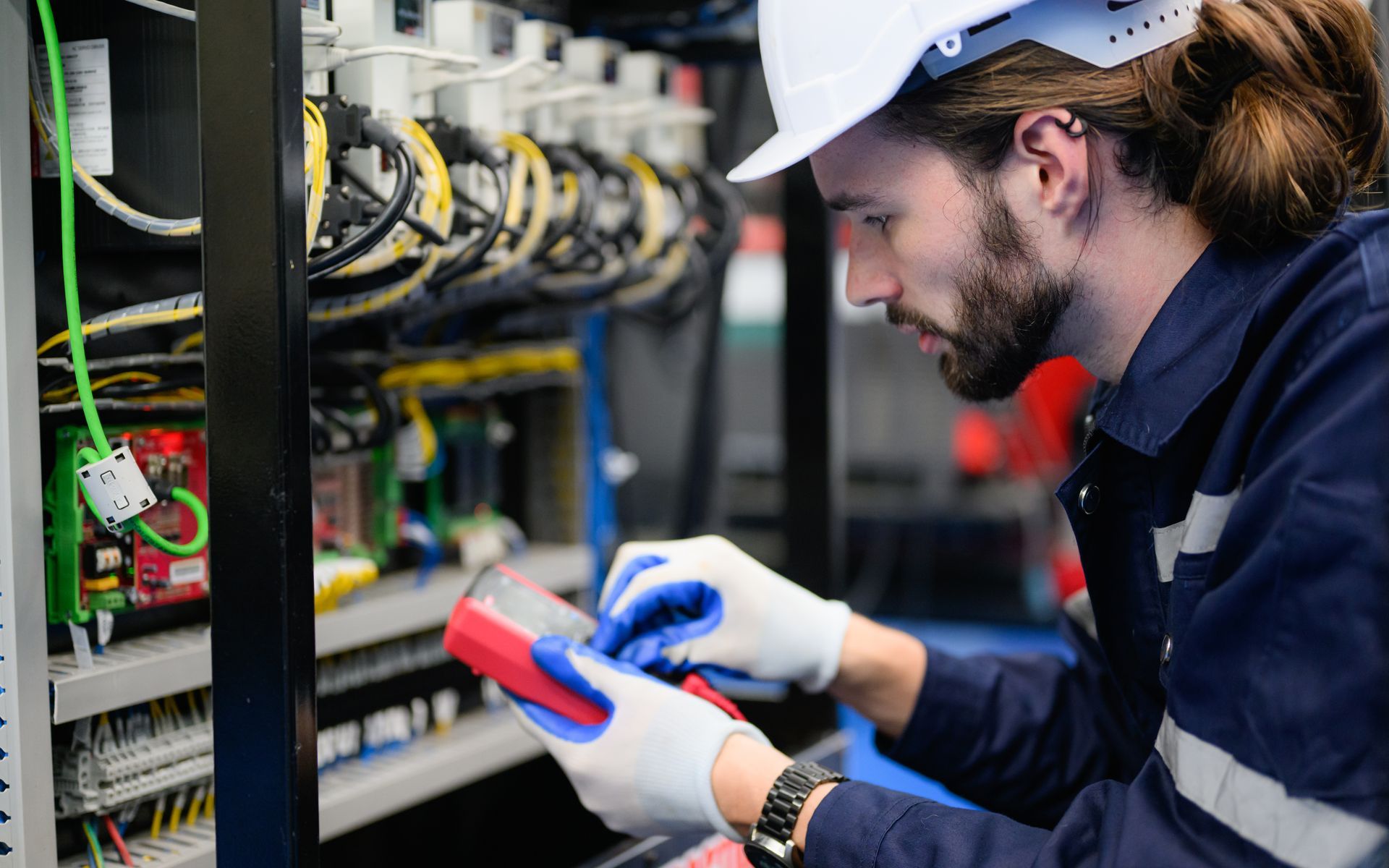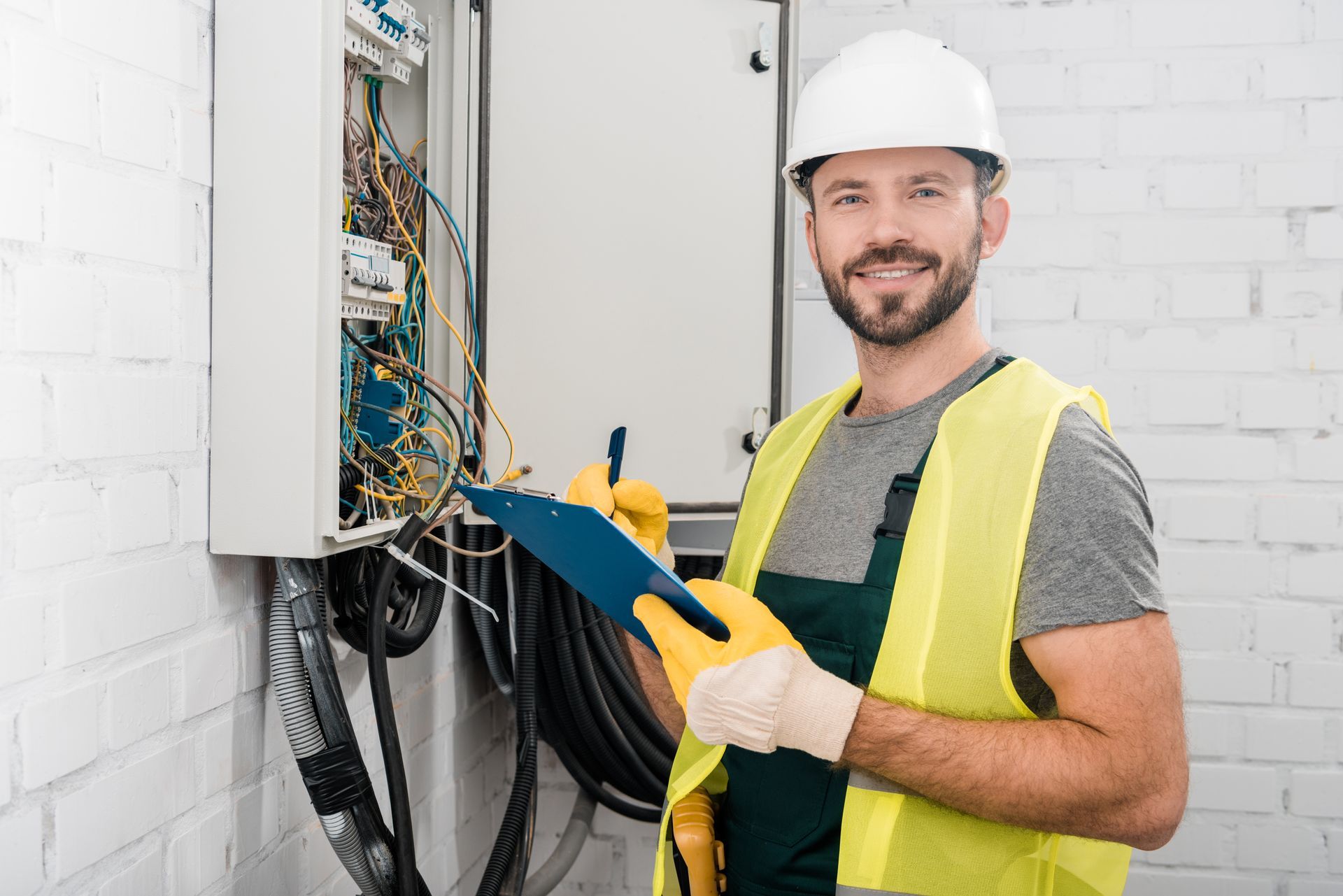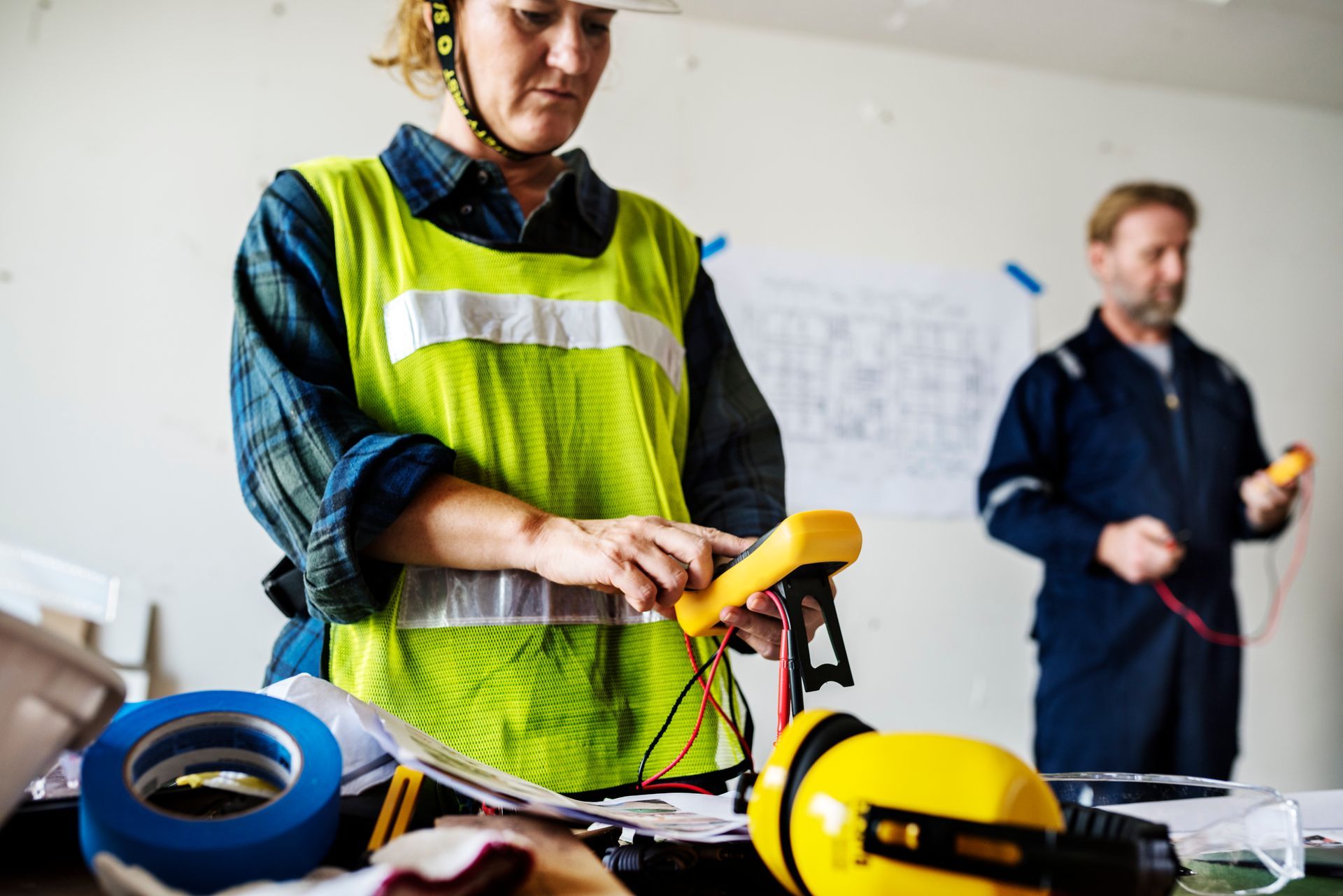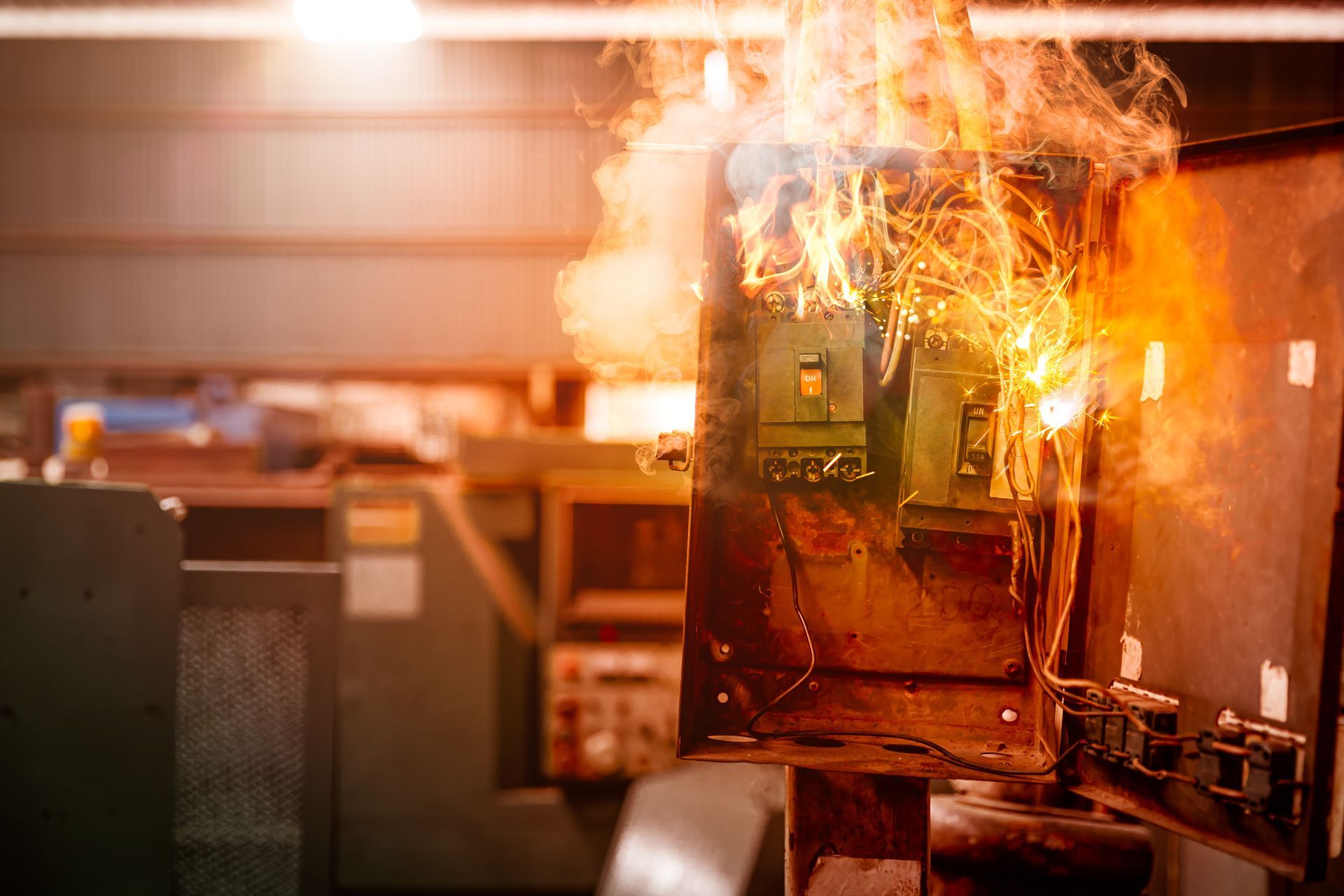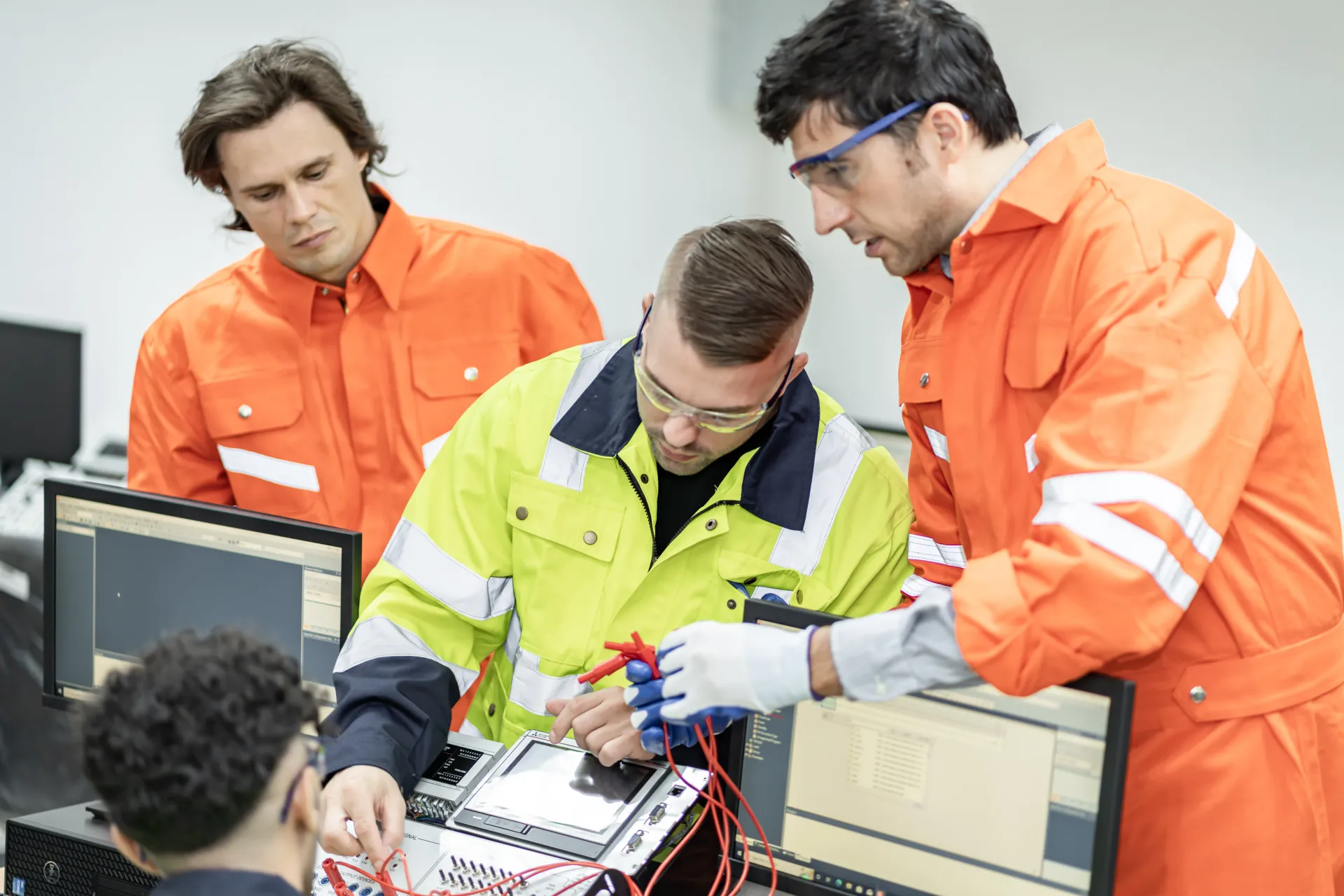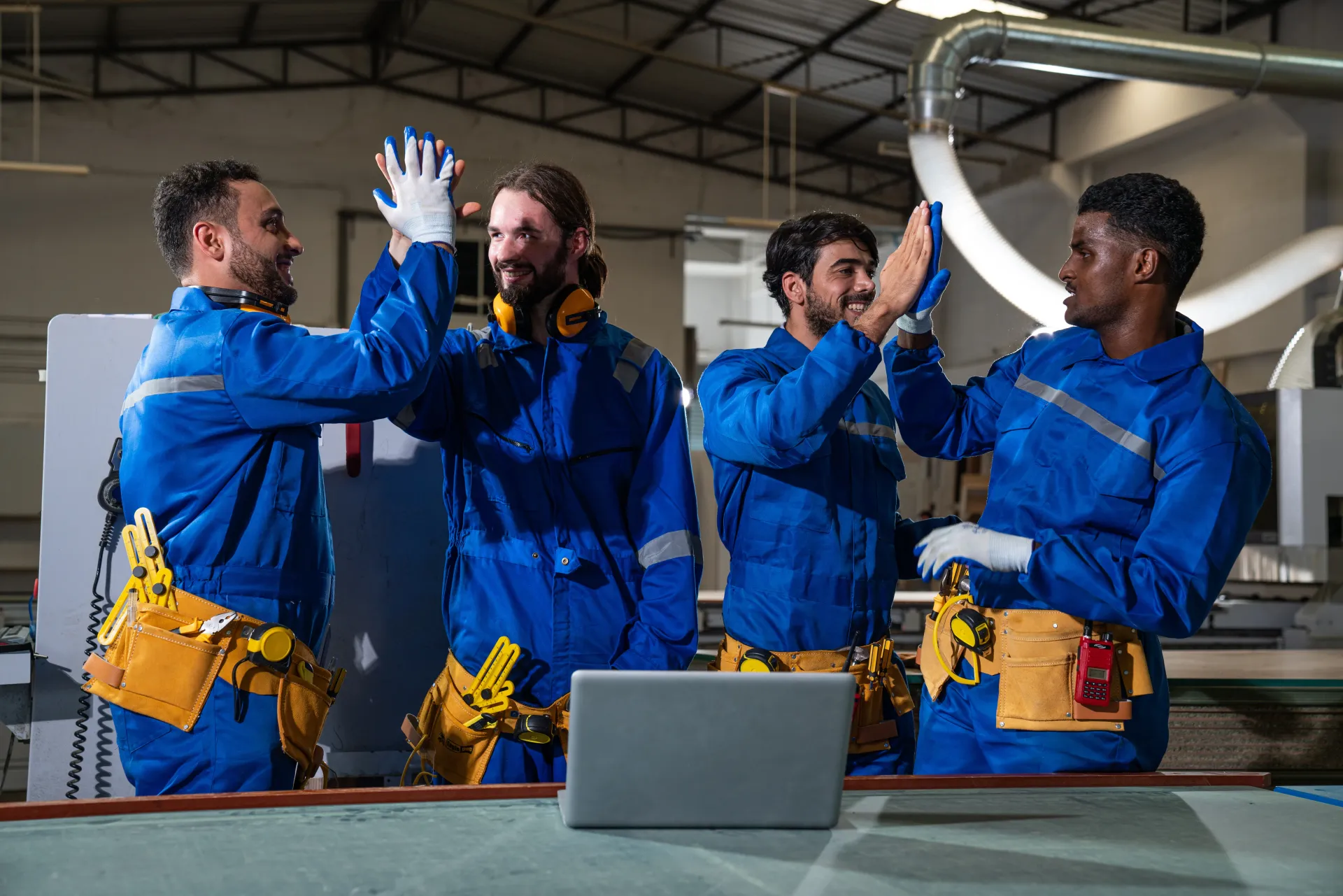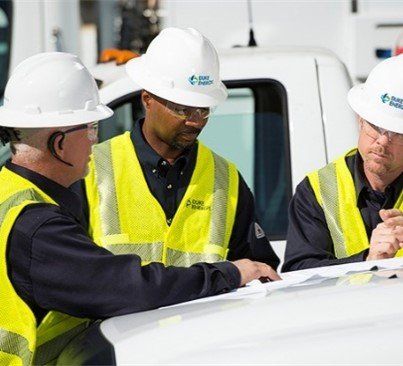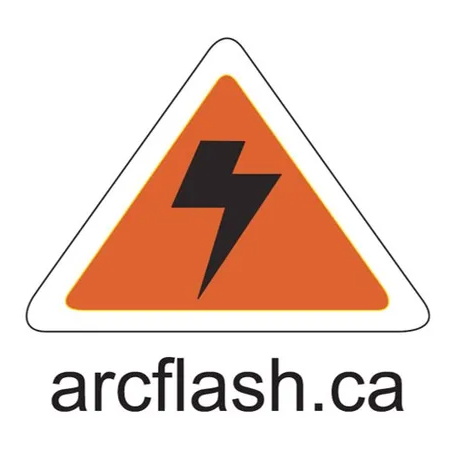EXERCISE DUE DILIGENCE: Ensure The High Voltage Laboratory Testing Your PPE Is An Accredited Certified Laboratory
And A Look At What Arcflash.ca Has Been Up To In February!
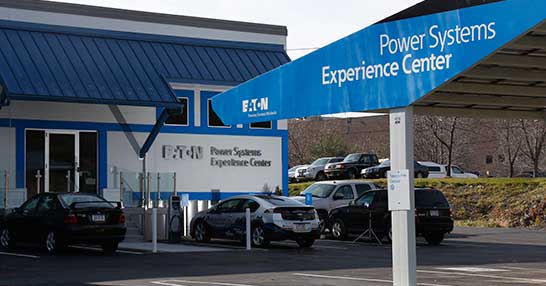
Happy February! We’ve certainly been busy in the second month of 2019, ensuring, exploring and expanding on important electrical safety standards, as well as visiting great facilities across Canada and the United States. Here’s a brief look at what we’ve been up to in February and where we are headed in March:
· Had a great time with some great people at the Technical Committee meeting in Toronto February 12 & 13, working on the 2018 edition of the CSA Z460 - The Control of Hazardous Energy - Lockout and Other Methods Standard
· February 20th: Arcflash.ca was at the Eaton Power Distribution Experience Centre in Pittsburg PA . for a very informative and educational visit to this amazing facility
· Looking forward to the Technical Committee meeting in Vancouver on March 27, 28 to begin work on the 2021 edition of the CSA Z460, Workplace Electrical Safety Standard Update
Be sure to check out the great article below from Lineman’s Testing Laboratories of Canada.
Have questions?
Head on over to our Facebook or Linkedin pages and let’s continue the conversation. While you’re there, be sure to check out our video on ‘The Misapplication of Fuses’ that takes a look at the importance of knowing fuse ratings, particularly for those non-electricians installing and removing cartridge fuses.
ARTICLE:
EXERCISE DUE DILIGENCE: Ensure The High Voltage Laboratory Testing Your PPE Is An Accredited Certified Laboratory
Submitted By: Lineman’s Testing Laboratories of Canada
With the continuing emphasis on workplace safety awareness programs, acronyms like “PPE” are commonplace. Regulatory bodies and industry associations have mandated the use of Personal Protective Equipment (PPE) when working with electrical power or energized equipment of 30V or more (CSA Z462).
In addition to the implementation and enforcement of an electrical work policy for the protection of both the worker and the company, it is imperative that workers understand how and why the required PPE will help them, as well as how to properly care for, inspect, and maintain this equipment to comply with legislation. Arc flash clothing and face protection have specific application ratings, while insulating rubber gloves, cover up products, ground sets or assemblies, live line tools and metering/ phasing equipment have both specific application ratings and recertification requirements. All PPE is to be tested by an accredited certified laboratory on a regular basis (IHSA EUSR 134).
Laboratory Certification or Accreditation: What’s the difference?
Certification and accreditation are often terms used interchangeably when discussing testing laboratories; however, there is a difference. The onus is on the end user to understand the qualifications of the high voltage testing laboratory they are using. A laboratory may develop a program for testing equipment and may operate without having been audited by an independent third party that would ensure the lab is performing and complying with industry best practices and standards. Oftentimes, laboratories are certified by organizations not from within the testing and/or PPE industry, with knowledge that is limited to their interpretation of the relevant standards, or laboratories may not be certified at all, and simply offer services with no regard for compliance.
Accreditation is the formal declaration by a qualified and knowledgeable neutral third party that the testing program is administered in a rigorous manner that strictly adheres to relevant standards for the equipment being tested, and that the lab operation as a whole meets industry best practices.
What is NAIL?
NAIL for PET (North American Independent Laboratories for Protective Equipment Testing) is the only accreditation program for electrical equipment test laboratories in North America. To maintain accreditation, regular audits are conducted to ensure industry accepted standards are strictly adhered to, including review of operational areas including but not limited to laboratory facility, equipment, training and knowledge of staff, quality control work procedures, and financial responsibility. Any group claiming to be a test facility or offering the services of a test facility, who are operating without NAIL-accreditation are not monitored or audited by a governing agency to ensure continued compliance to industry best practices or standards.
Quality Healthcare
Why Use an Accredited Laboratory?
Worker Safety
A worker needs to feel confident that the equipment being used meets all regulatory requirements – an accredited certified laboratory will assess the integrity of the equipment to ensure it is safe for use. Proper care, use, and maintenance of the PPE is essential to ensure the equipment continues to provide the degree of protection for which it is designed, protecting the worker and the employer from lost time injury and workers’ compensation costs, and/or lawsuits.
Compliance
All laboratories must maintain detailed procedures manuals and records of equipment tested. After each test, an electronic record is kept indicating what equipment was tested, the name of the technician who performed the test, as well as the date of the test. The ability to present a test report proves advantageous in demonstrating due diligence to necessary authorities during an investigation should an incident occur where a worker is injured.
To further comply with legislation, initial electrical acceptance tests are also to be performed by an accredited certified laboratory, Infostructure Health & Safety Association (IHSA), Electrical Utilities Safety Rules (EUSR).
The product manufacturer has options as to how to proof-test equipment in the factory. As most manufacturers do not provide test reports, there is no ability to track the test data back to the manufacturer; with no proof of compliance, the worker and company are in a position of liability should there be an incident or investigation.
In many cases, the manufacturer does not meet the requirements as set out in the IHSA EUSR book, as the EUSR book states that in order to comply, an accredited certified laboratory must present documentation, test reports, as well as meet other technical aspects as required of certification.
For instance, should there be an investigation where there was electrical contact involving a worker, potentially resulting in serious burns, injuries or fatalities, the user and owner of the equipment would rely on the manufacturer for documentation as proof that the equipment in question was tested (as there is no test report provided at time of purchase). The liability in this case would fall directly on the equipment owner with little to no support from the manufacturer; both the manufacturer product and testing methods would be in question.
Equipment owners who want to properly protect their users from electrical hazards, as well as protect themselves legally, should ensure that the equipment they provide to their workers is tested in compliance with relevant industry standards, and that they are provided with a test report as proof of service. Ensure your equipment is covered under warranty. By performing initial acceptance testing of new equipment purchased from a manufacturer at an accredited certified laboratory, the user is covered under warranty should the equipment fail after use on first retest. It is not uncommon for manufacturers to produce batches of product where large numbers of failures occur. Without having performed the initial acceptance testing in an accredited certified laboratory, the end user is left with no support or warranty (ASTM D120, Section 12).
Efficiency
Equipment that is properly maintained lasts longer, is more likely to perform to its original manufacturer specifications and is in a condition that minimizes the risk of interruption or harm to the worker. For optimum efficiency, back-up or redundant equipment is recommended to eliminate downtime when equipment is in a testing rotation cycle. An automatic equipment replacement program ensures users are always in compliance, eliminates work stoppage, and reduces the likelihood of an electrical incident. A reputable accredited certified laboratory will offer full service compliant solutions for managing your PPE including supply, replacement, inspection, calibration, testing and training. Exercise due diligence and ensure your safety – make certain your PPE is maintained and tested on a regular basis by an accredited certified high voltage testing laboratory.
Lineman’s Testing Laboratories of Canada (“LTL”) is a privately-owned Canadian company serving the utility, industrial and renewable energy sectors across Canada. LTL provides the services of three divisions: Power Technical Services (Electrical Engineering & Substation Services); LTL Utility Supply; and, High Voltage Testing, Calibration and Factory Authorized Tool Repair Services in Canada’s largest NAIL-Accredited Laboratories.
